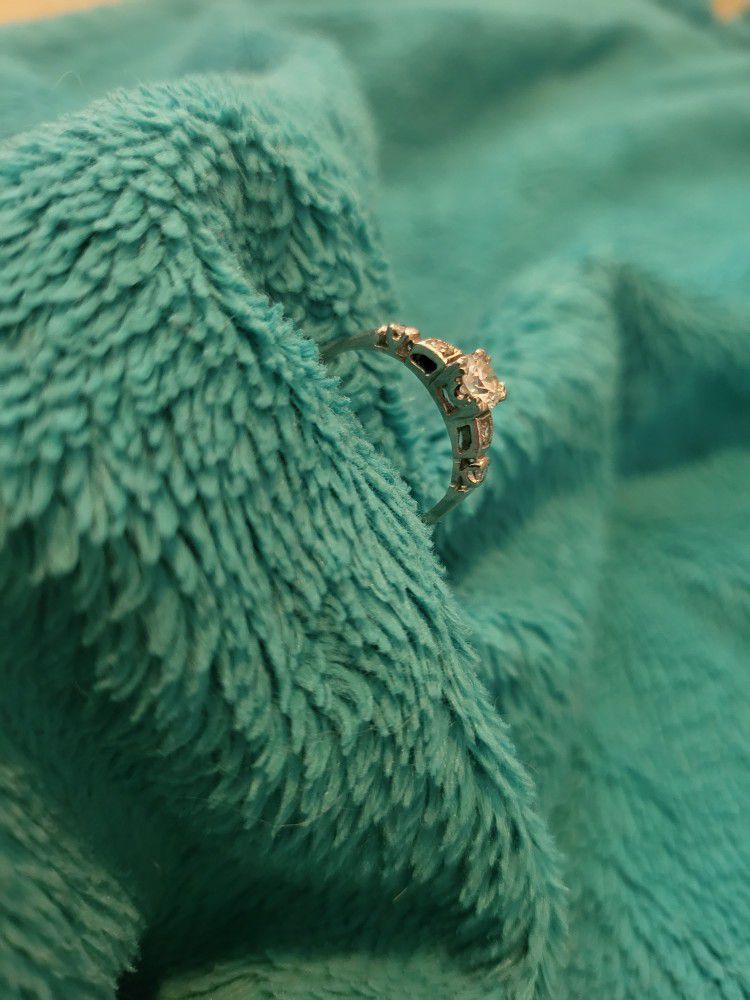
ThisĪttribute can also be set using the map_sites() method. We use the site attributeĪdded to each atom by supercell() to make the translation. Translated back to the origin of its sublattice. This is why the input to indices is a vector which has been This means it has two cyclic group, one for each atomic site
Gsp5 construct diamond code#
We check that statement in the code above. indices ( pos ) > # yep, its the same as the original atom. cell, translation ) > # get indices in cyclic group. pos > # > # random periodic image > translation = array (, dtype = "float64" ) > pos += dot ( conventional. > st = SmithTransform ( conventional ) > # loop over random periodic images > for i in xrange ( 10 ): > # > # create a vector with respect to its corresponding lattice site. > from random import randint > from numpy import array, all, abs > from pylada.crystal import SmithTransform > # create smith transform. Using dot and inv, one could of course specify theĬonventional cell in fractional coordinates: The new cell is given in cartesian coordinates (and in the units of the original The above creates the conventional cell from the diamond unit cell.


from pylada.crystal import Structure, supercell > # First create unit cell.


 0 kommentar(er)
0 kommentar(er)
